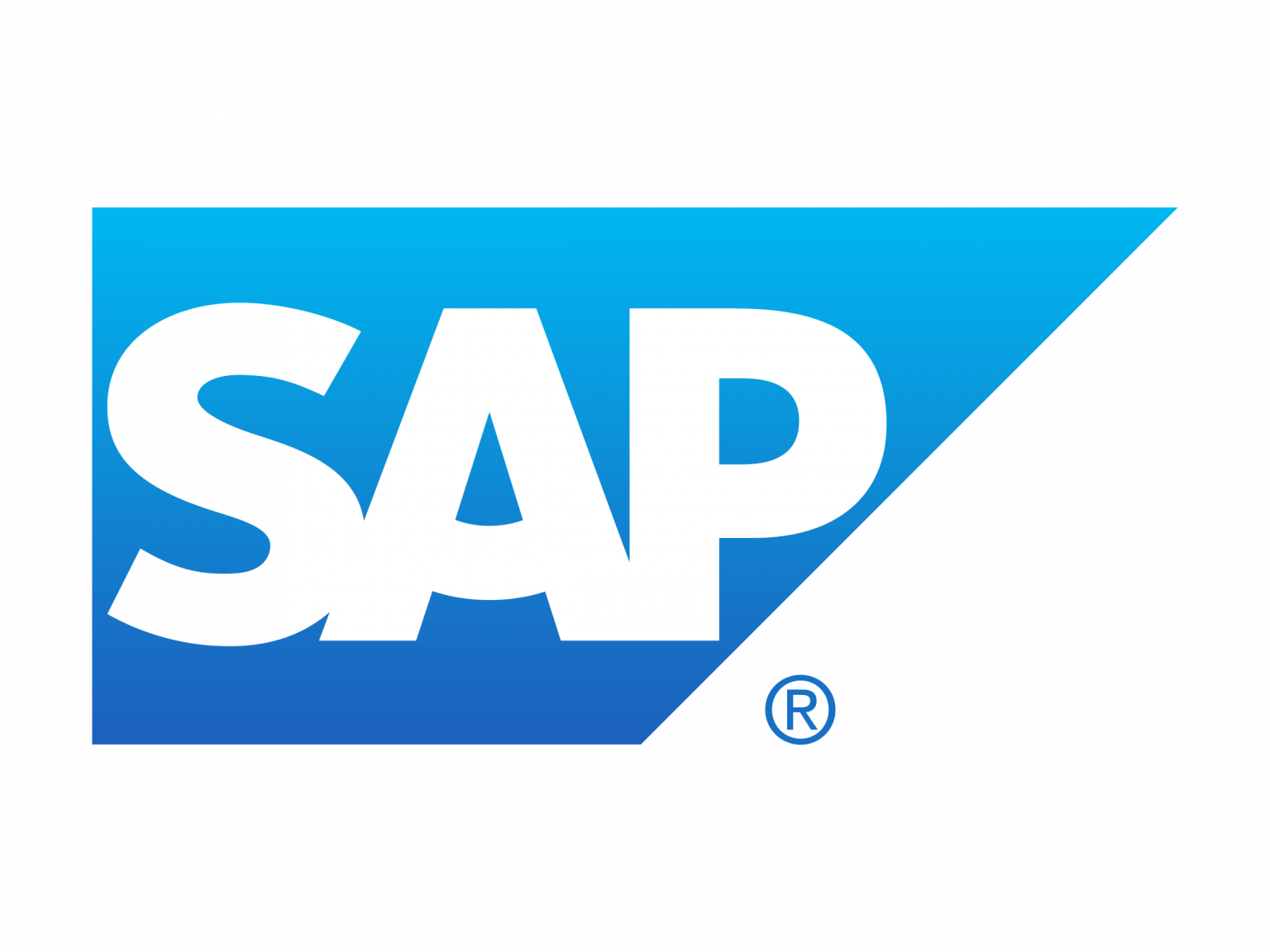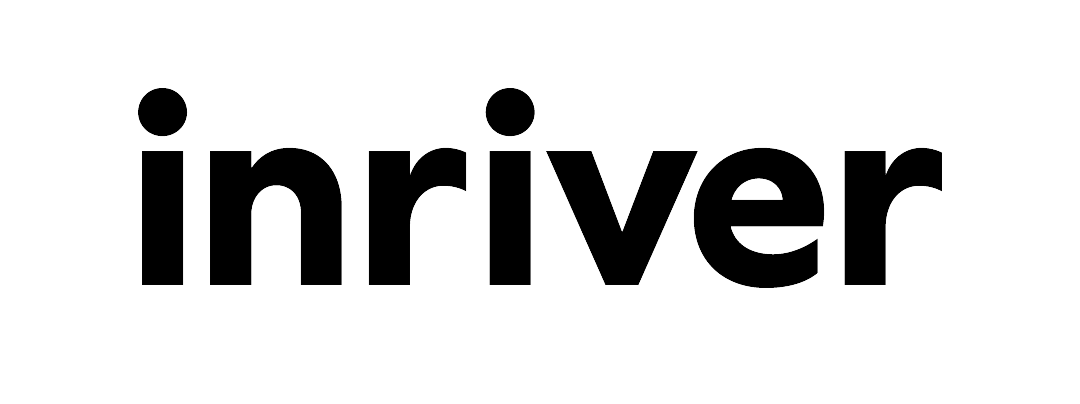Commerce
Recently added.
Adobe Commerce was built on Magento and thus has a long history and widespread use in the market. The open-source version of the platform continues to exist under the name Magento 2. The managed enterprise version of Magento is now part of the Adobe Experience Cloud and can be combined with the various Adobe services.
BigCommerce is an Open SaaS e-commerce platform for B2B and B2C retailers. Founded in 2009 in Sydney, Australia, BigCommerce is currently headquartered in Austin, Texas, USA. As of August 2020, BigCommerce is a NASDAQ-listed company. BigCommerce offers four pricing plans; Standard, Plus, Pro, and Enterprise. In order to fully assess its capabilities, this evaluation is based on their Enterprise plan.

Intershop’s commerce platform is suited to B2B, B2C and B2X business models alike with its omnichannel commerce solutions. Intershop serves more than 300 large and medium-sized companies worldwide, with Deutsche Telekom, Staples, HP, and BMW among their customers. The majority of Intershop’s customers are based in Europe, but they also serve companies in the USA and Asia Pacific region (mainly Australia).
Salesforce offers companies feature-packed solutions with a focus on powerful AI. While they offer a comprehensive e-commerce solution with their Commerce Cloud, they still have some catching up to do when it comes to some of the interfaces. For example, microservices are being introduced, but are not yet ubiquitous.

SAP Commerce Cloud, formerly known as SAP Hybris Commerce, is the latest e-commerce solution of the German software giant SAP. SAP Commerce Cloud was built mainly for large enterprises with advanced B2B, B2C, and B2B2C use cases. It has a large global customer base, and can be used to build end-to-end omnichannel commerce experiences.

When Shopify first launched, it was the first e-commerce solution designed for small and medium-sized businesses. Since then, it has become one of the largest e-commerce platforms overall and has expanded to offer an enterprise solution known as Shopify Plus. Shopify Plus serves companies with high sales volumes and a need for more customization and multi-channel sales. Although the company is a market leader and certainly an e-commerce giant, it does have some weaknesses — in particular, the absence of microservices and the relative lack of customization options.
Spryker offers a fully modular digital commerce platform for B2B and B2C, as well as Enterprise Marketplace capabilities. Spryker was founded in 2014 in Berlin, Germany, and raised over $130 million in a Series C funding, led by Silicon Valley-based TCV in December 2020. According to Gartner®, Spryker is the fastest growing vendor in the 2021 Magic Quadrant™ for Digital Commerce.
Latest entry.


Intershop’s commerce platform is suited to B2B, B2C and B2X business models alike with its omnichannel commerce solutions. Intershop serves more than 300 large and medium-sized companies worldwide, with Deutsche Telekom, Staples, HP, and BMW among their customers. The majority of Intershop’s customers are based in Europe, but they also serve companies in the USA and Asia Pacific region (mainly Australia).

SAP Commerce Cloud, formerly known as SAP Hybris Commerce, is the latest e-commerce solution of the German software giant SAP. SAP Commerce Cloud was built mainly for large enterprises with advanced B2B, B2C, and B2B2C use cases. It has a large global customer base, and can be used to build end-to-end omnichannel commerce experiences.
Spryker offers a fully modular digital commerce platform for B2B and B2C, as well as Enterprise Marketplace capabilities. Spryker was founded in 2014 in Berlin, Germany, and raised over $130 million in a Series C funding, led by Silicon Valley-based TCV in December 2020. According to Gartner®, Spryker is the fastest growing vendor in the 2021 Magic Quadrant™ for Digital Commerce.
Salesforce offers companies feature-packed solutions with a focus on powerful AI. While they offer a comprehensive e-commerce solution with their Commerce Cloud, they still have some catching up to do when it comes to some of the interfaces. For example, microservices are being introduced, but are not yet ubiquitous.
Adobe Commerce was built on Magento and thus has a long history and widespread use in the market. The open-source version of the platform continues to exist under the name Magento 2. The managed enterprise version of Magento is now part of the Adobe Experience Cloud and can be combined with the various Adobe services.
BigCommerce is an Open SaaS e-commerce platform for B2B and B2C retailers. Founded in 2009 in Sydney, Australia, BigCommerce is currently headquartered in Austin, Texas, USA. As of August 2020, BigCommerce is a NASDAQ-listed company. BigCommerce offers four pricing plans; Standard, Plus, Pro, and Enterprise. In order to fully assess its capabilities, this evaluation is based on their Enterprise plan.

When Shopify first launched, it was the first e-commerce solution designed for small and medium-sized businesses. Since then, it has become one of the largest e-commerce platforms overall and has expanded to offer an enterprise solution known as Shopify Plus. Shopify Plus serves companies with high sales volumes and a need for more customization and multi-channel sales. Although the company is a market leader and certainly an e-commerce giant, it does have some weaknesses — in particular, the absence of microservices and the relative lack of customization options.
PIM
Recently added.

Akeneo was founded in 2013 as an open-source PIM. Today, Akeneo is headquartered in Nantes, France, with offices worldwide including the USA, UK, Spain, Germany, Italy, and Australia. Akeneo employs over 250 members of staff and provides services to over 550 customers, including Shop.com, Midland Scientific, and Fossil.
Since its inception, Akeneo has been recognized on several occasions for a variety of accolades, including being named on the Deloitte Technology Fast 500 EMEA list for 2017, and being recognized as a leader in product information management applications on an IDC Marketscape report in 2019.

Founded in 2007 and headquartered in Malmo, Sweden, inriver has celebrated many milestones since their inception. Today, they have over 600 customers and 300 employees worldwide. Inriver offices are located in major global cities, including Chicago, Amsterdam, Berlin, London, Stockholm, and Manila.
Their technological developments over the years have also been recognized, with Microsoft Azure awarding inriver Partner of the Year in 2019.

Headquartered in Boston, USA, Salsify has grown from strength to strength since its inception in 2012. Securing a Series F funding round in April 2022, Salsify’s total funding to date amounts to $452.6 million. Overall Salsify has had 12 investors, including Permira and TPG.
Focusing largely on allowing their customers to gain success on the “digital shelf”, Forrester’s Q2 2021 PIM Wave named Salsify a leader and a “visionary and fast mover in the PIM space and commerce.”

Formerly known as Gladson, over the years, Chicago-based Syndigo has bolstered its positioning in the PIM landscape through various acquisitions. These included acquiring Edgenet, Kwikee, and, in one of the more recent incorporations, Riversand, which has equipped Syndigo with even more powerful product data and content management solutions.
Syndigo was a new entrant in the 2021 Forrester Wave. Syndigo operates globally and serves more than 1,750 retailers and distributors along with over 12,000 manufacturers. Their clients operate in a wide variety of markets, including health and beauty, automtovie, apparel, groceries, and home improvements.
Latest entry.


Headquartered in Boston, USA, Salsify has grown from strength to strength since its inception in 2012. Securing a Series F funding round in April 2022, Salsify’s total funding to date amounts to $452.6 million. Overall Salsify has had 12 investors, including Permira and TPG.
Focusing largely on allowing their customers to gain success on the “digital shelf”, Forrester’s Q2 2021 PIM Wave named Salsify a leader and a “visionary and fast mover in the PIM space and commerce.”

Founded in 2007 and headquartered in Malmo, Sweden, inriver has celebrated many milestones since their inception. Today, they have over 600 customers and 300 employees worldwide. Inriver offices are located in major global cities, including Chicago, Amsterdam, Berlin, London, Stockholm, and Manila.
Their technological developments over the years have also been recognized, with Microsoft Azure awarding inriver Partner of the Year in 2019.

Formerly known as Gladson, over the years, Chicago-based Syndigo has bolstered its positioning in the PIM landscape through various acquisitions. These included acquiring Edgenet, Kwikee, and, in one of the more recent incorporations, Riversand, which has equipped Syndigo with even more powerful product data and content management solutions.
Syndigo was a new entrant in the 2021 Forrester Wave. Syndigo operates globally and serves more than 1,750 retailers and distributors along with over 12,000 manufacturers. Their clients operate in a wide variety of markets, including health and beauty, automtovie, apparel, groceries, and home improvements.

Akeneo was founded in 2013 as an open-source PIM. Today, Akeneo is headquartered in Nantes, France, with offices worldwide including the USA, UK, Spain, Germany, Italy, and Australia. Akeneo employs over 250 members of staff and provides services to over 550 customers, including Shop.com, Midland Scientific, and Fossil.
Since its inception, Akeneo has been recognized on several occasions for a variety of accolades, including being named on the Deloitte Technology Fast 500 EMEA list for 2017, and being recognized as a leader in product information management applications on an IDC Marketscape report in 2019.
CMS / DXP

In progress.
To be added on 30/04/2022
(2 vendors already in scoring process)
Search & Discovery

In progress.
To be added on 31/05/2022
(2 vendors already in scoring process)
Enterprise Software Comparison
Enterprise software—or Enterprise Application Software (EAS)—refers to a software solution that addresses the needs of an entire organization. This can include for example Enterprise Resource Planning (ERP), Customer Relationship Management (CRM), Business Intelligence (BI), or E-Commerce software. Effective EAS solutions are characterized by a wide scope, many integrations and capabilities, and high scalability.
Enterprise software differs from traditional business software by bridging many requirements, functions, roles, and departments together. EAS solutions aim to solve the problems of the entire organization, not just a few employees.
Comparing Enterprise Software: What to Consider When Choosing an EAS
The most significant difficulty decision-makers face when comparing Enterprise Software is finding accurate information on the capabilities and quality of each software product. It’s the lack of transparency in metrics that are actually important to businesses that cause this problem. This often leads to organizations making ill-informed choices or just sticking with the brand names.
An effective, tailored EAS solution is vital for smooth business operations and smart future-proofing. Making the wrong decision here can seriously impact your ability to grow and scale. That’s why we’ve devised our five-point Composable Agility Score—evaluating and comparing enterprise software solutions based on the metrics that matter to you. Here are the five scoring dimensions that make up our industry stand:
- Composability: How easy is it to compose and scale the individual solutions you need for your business?
- Modularity: How well can an enterprise solution be broken down and used as individual parts? By using an EAS solution that can be adapted to your needs, you’re ensuring a more agile deployment that is suited to your requirements.
- API First: How well can the enterprise application be connected with other software and facilitate smart data transfer? A functional API interface also allows the platform to be controlled via standardized applications and fit in with existing software infrastructure.
- Cloud Native: How natively can the application be operated in the cloud? Can resources be scaled effectively? Remember, a cloud-native EAS is available everywhere, accessible at any time, highly secure, flexible, and agile.
- Headless: How independent can the application be from the end user’s interface? A functional solution is able to operate with any front end.
With our Composable Agility Score, it’s possible to make a direct comparison between different vendors of enterprise software, and judge which solutions are right for your specific needs. Our Review page allows you to explore detailed analysis of each individual provider for a wide range of enterprise software products. Want to learn more about how we score enterprise applications? We cover our evaluation methodology in more detail on our About page.

